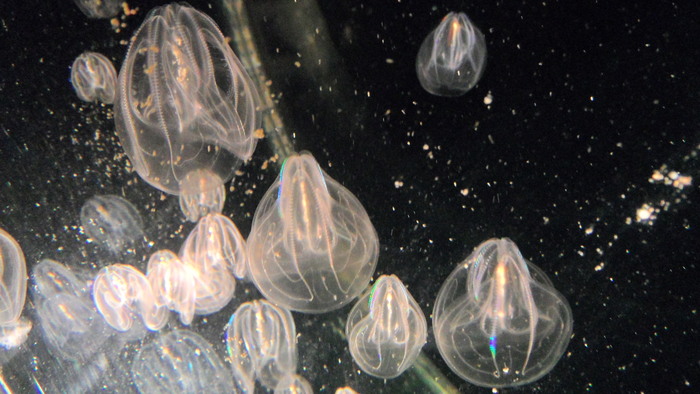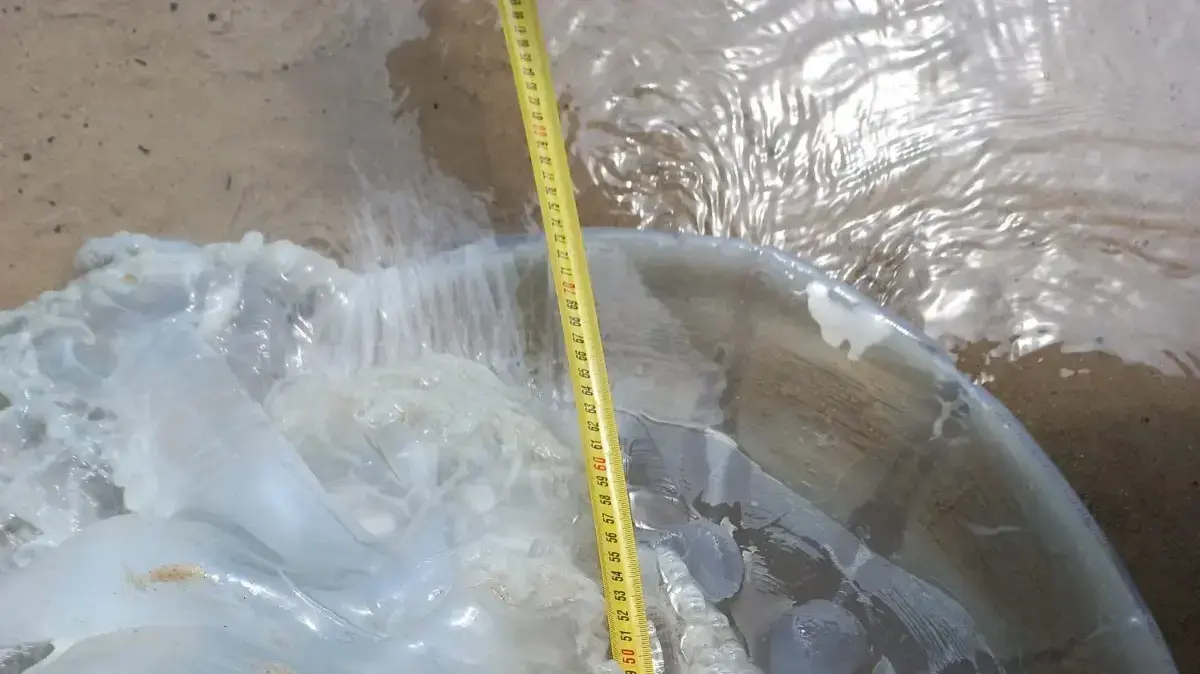The list of 'enemies' of fishermen who raid fish farms, ponds and the sea is getting longer.
Not only cormorants, blue crabs and dolphins, but also sea nuts do damage, not to be confused with sea truffles.
The scientific name mmnemiopsis leidyi, are similar in appearance to jellyfish due to their gelatinous body and their transparency, they are not stinging for humans but they make a plunder of juveniles, endangering fish production all year round;
in particular they are a threat to pelagic species such as blue fish of which Italy is a major producer.
At night they light up and when they wander near fishing gear, such as pots, looking for food, they scare away the fish so that they are not caught.
The alarm was sounded by the Fedagripesca-Confcooperative, estimating that between thefts of fish and juveniles and damage to the nets by sea nuts, but also by cormorants, dolphins and blue crabs, the bill against professional fishing in the last decade exceeds 5 million euros.
Not to mention, in perspective, that massive proliferation poses a serious threat to native marine habitats.
The latest massive sighting is recent and comes from clam farmers in the Po delta, but over the years their presence has been felt along the coasts of Friuli Venezia-Giulia, Marche and Tuscany.
It is a marine species that began to shuttle between America and the Black Sea due to the high temperatures of the sea and from there they left to reach the Mediterranean.
They are a threat to the marine ecosystem because they feed on fish eggs and larvae.
So much so that the Ogs-National Institute of Oceanography and Experimental Geophysics has launched the 'avvistAPP' application to actively participate in the collection of information on their sightings.
(HANDLE).












